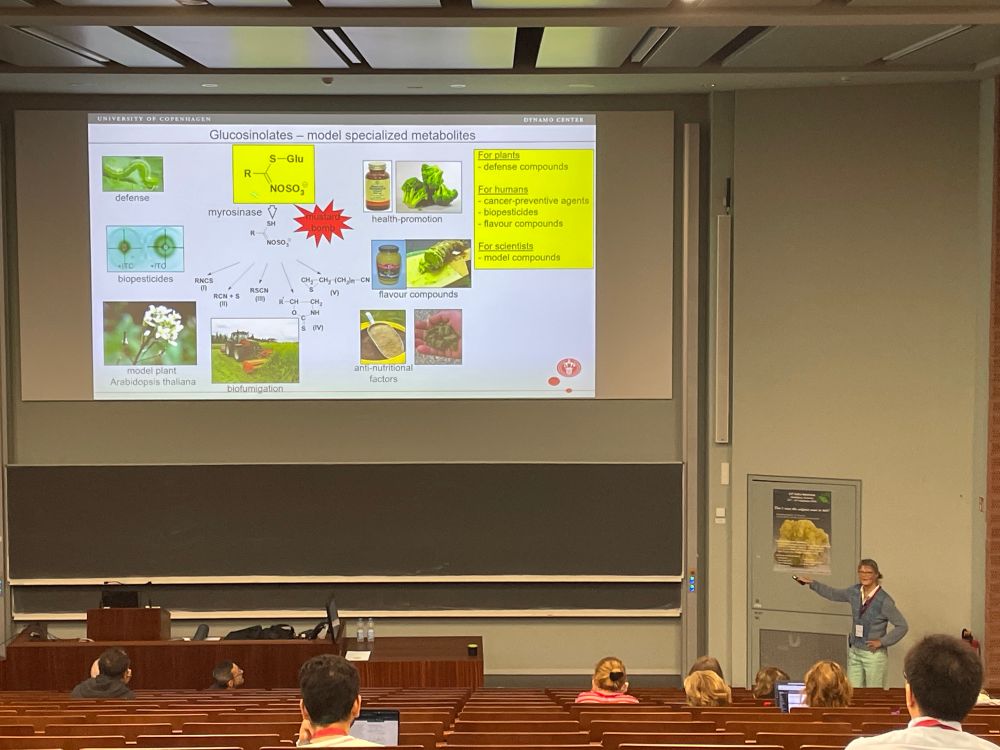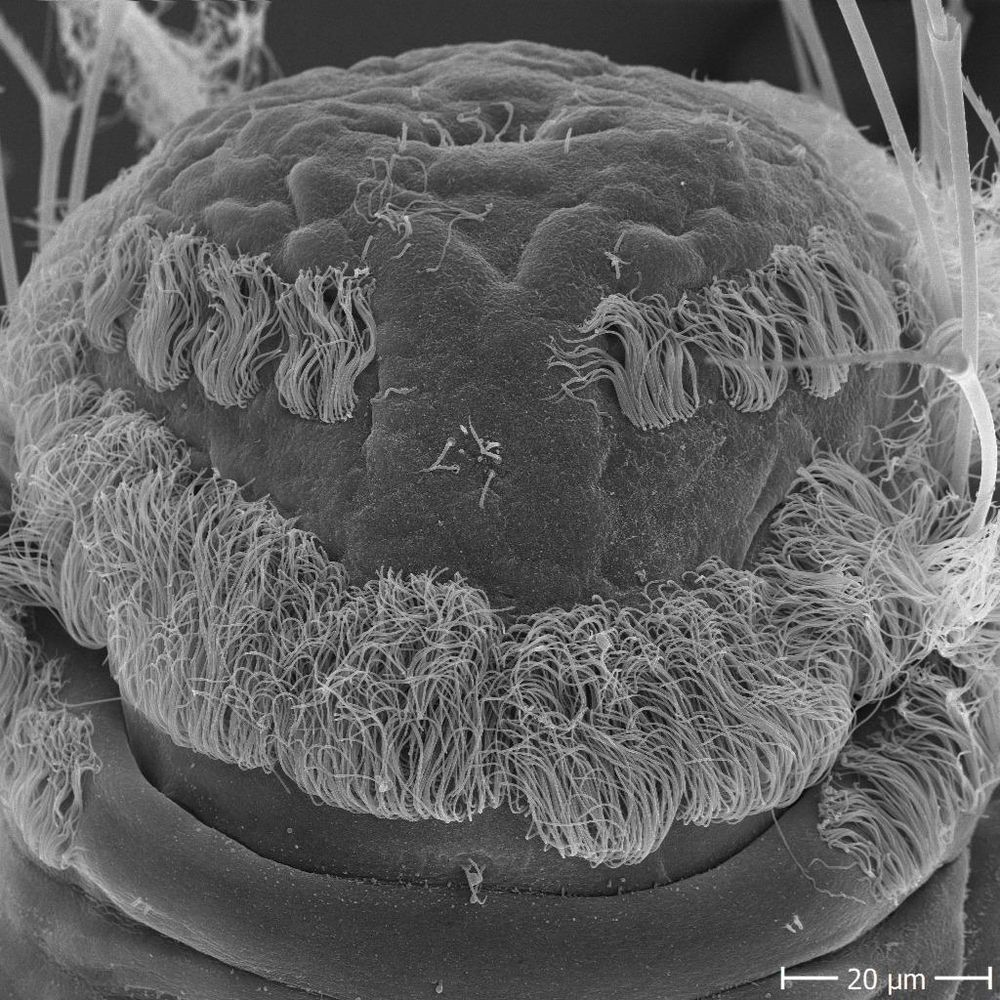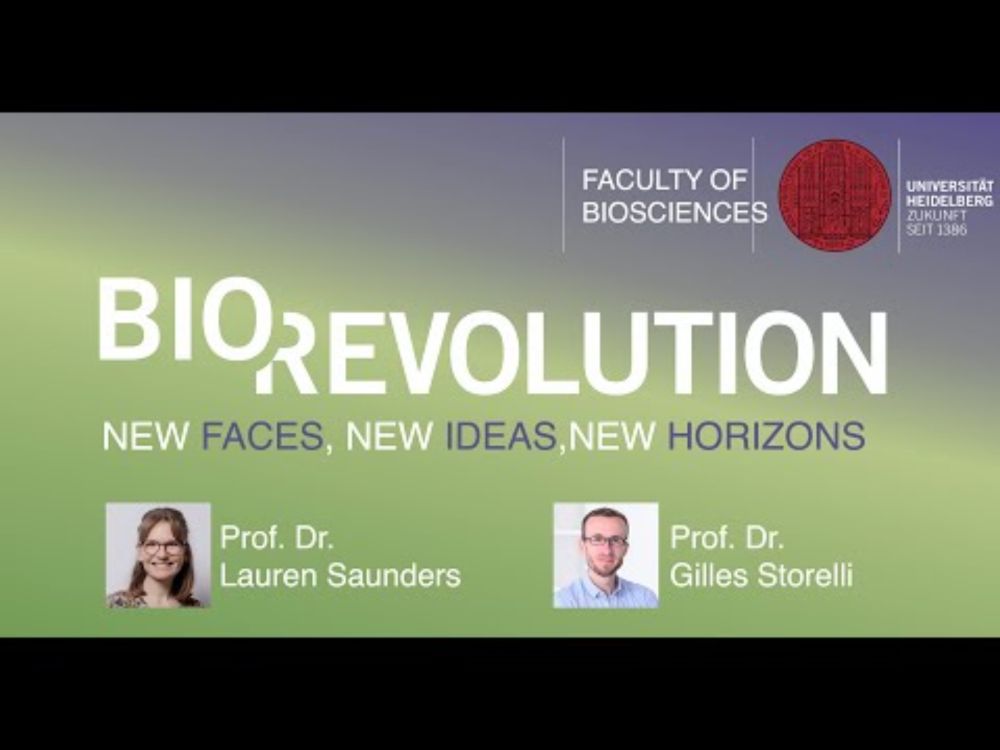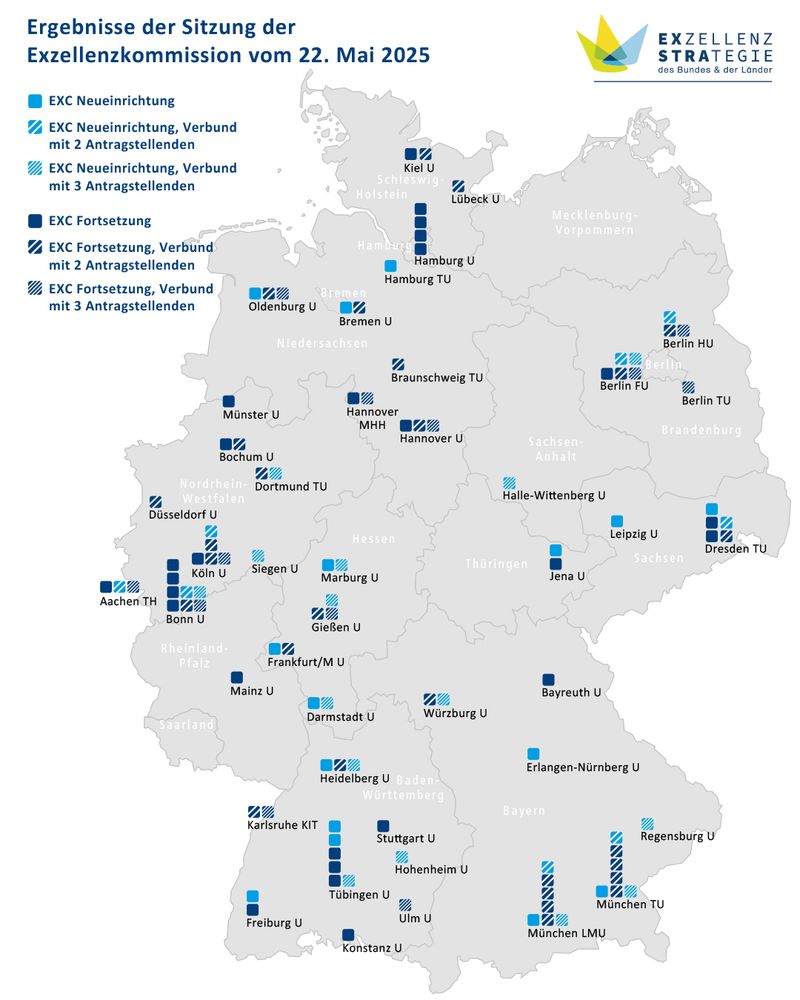COS Heidelberg
@cosheidelberg.bsky.social
310 followers
91 following
21 posts
The Centre for Organismal Studies (COS) Heidelberg studies organismic biology beyond the borders of organisational levels. Part of @uniheidelberg.bsky.social.
https://www.cos.uni-heidelberg.de/en
Posts
Media
Videos
Starter Packs
Reposted by COS Heidelberg
Reposted by COS Heidelberg
Reposted by COS Heidelberg
Reposted by COS Heidelberg
Reposted by COS Heidelberg
Reposted by COS Heidelberg
Reposted by COS Heidelberg
Reposted by COS Heidelberg
Reposted by COS Heidelberg
COS Heidelberg
@cosheidelberg.bsky.social
· Aug 11
Yasin Dagdas
@plantophagy.bsky.social
· Aug 11

Ancestral P-body proteins rewired for autophagic recycling in the early land plant Marchantia polymorpha
Processing bodies (P-bodies) are conserved ribonucleoprotein (RNP) granules central to RNA metabolism across eukaryotes. Although the mechanisms underlying their assembly are well understood, the path...
www.biorxiv.org
Reposted by COS Heidelberg
Ingrid Lohmann
@ilohmann.bsky.social
· Jul 23
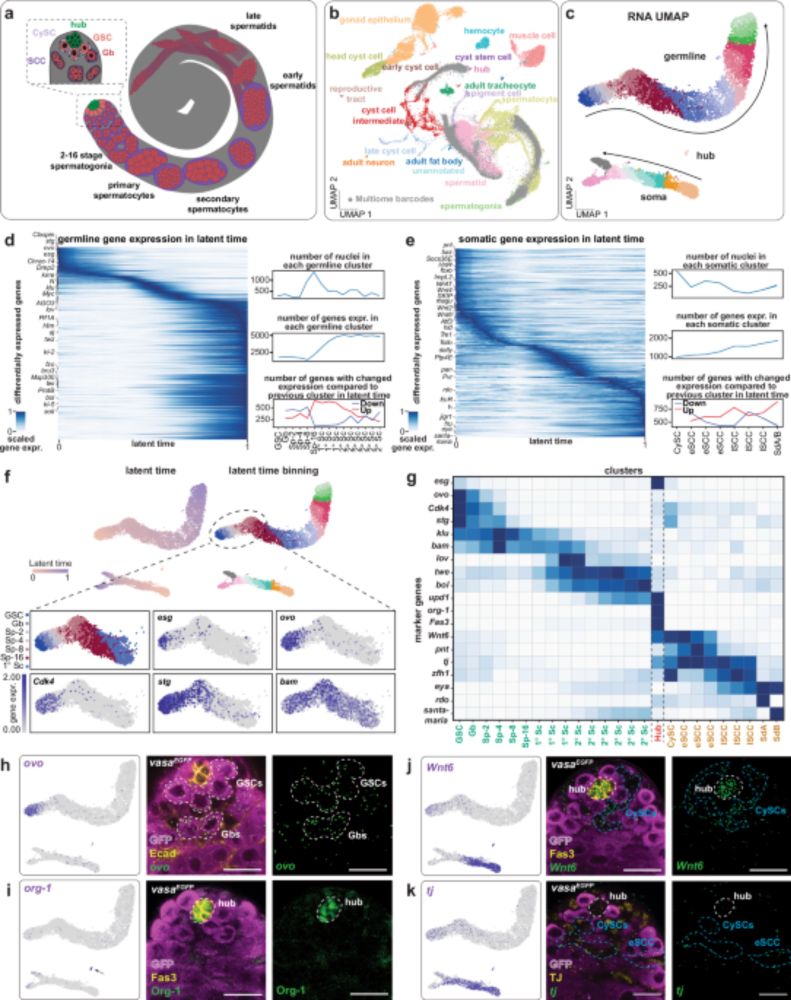
Dissecting the enhancer gene regulatory network in early Drosophila spermatogenesis - Nature Communications
Single-cell multi-omics in Drosophila testis reveals enhancer-driven gene regulatory networks and shows how Wnt signaling and key transcription factors orchestrate stem cell maintenance and lineage pr...
www.nature.com
COS Heidelberg
@cosheidelberg.bsky.social
· Jul 21

Gradient of Wnt signaling facilitates Mef2 heterogeneity and limits commitment of the developmental muscle progenitor pool
During skeletal muscle development, the timing and extent of lineage commitment towards differentiation must be coordinated to ensure proper tissue formation while preserving undifferentiated progenit...
www.biorxiv.org
COS Heidelberg
@cosheidelberg.bsky.social
· Jul 17
Reposted by COS Heidelberg
COS Heidelberg
@cosheidelberg.bsky.social
· Jun 11

Endosymbiont control through non-canonical immune signaling and gut metabolic remodeling
Animals coexist with bacteria and need to keep these microorganisms under tight control. To achieve such control, pattern recognition receptors (PRRs)…
www.sciencedirect.com
COS Heidelberg
@cosheidelberg.bsky.social
· Jun 10
Reposted by COS Heidelberg
Maizel lab
@maizel-lab.org
· Jun 3
Reposted by COS Heidelberg
Reposted by COS Heidelberg
COS Heidelberg
@cosheidelberg.bsky.social
· May 22


